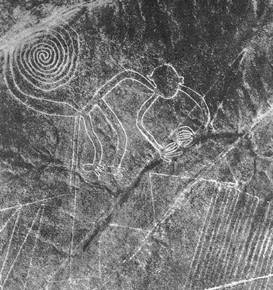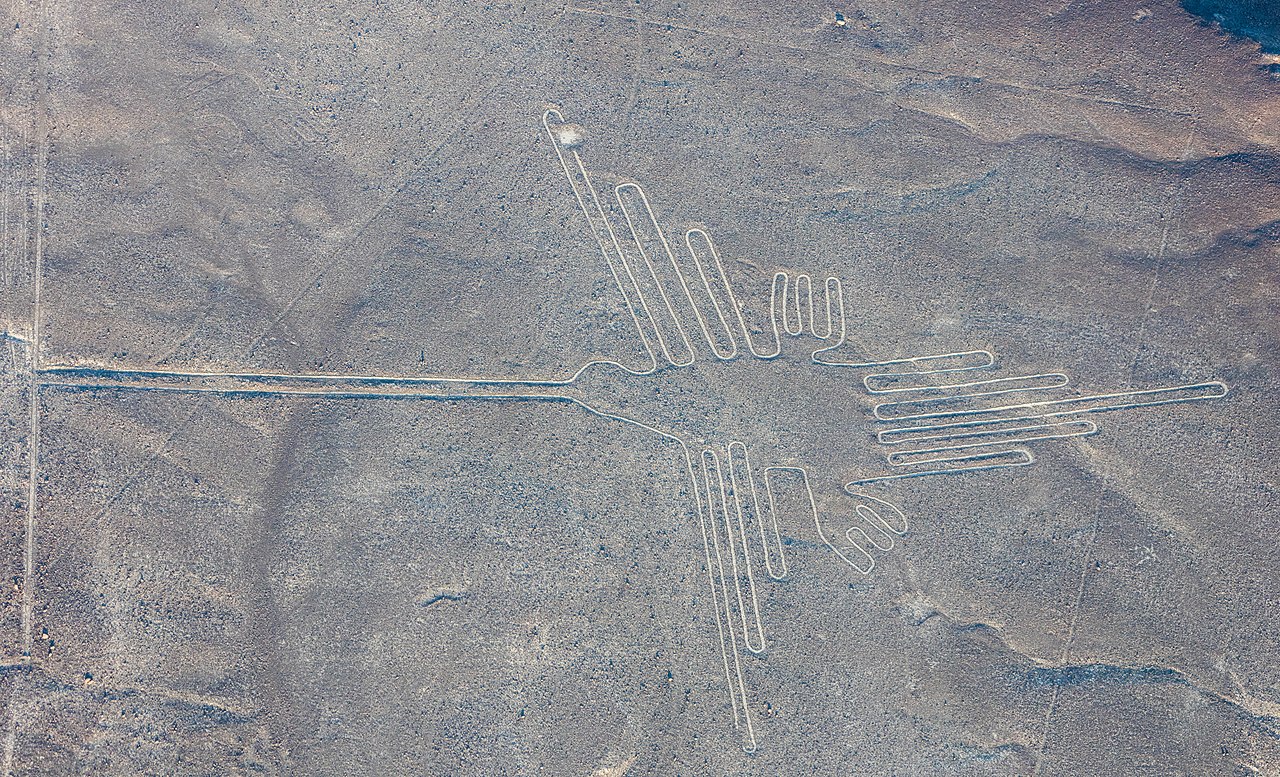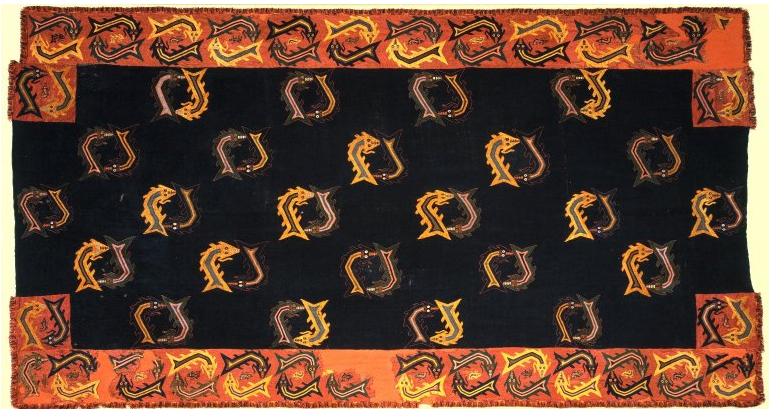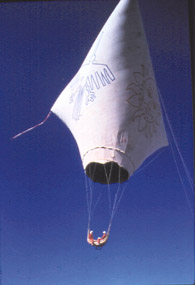Out in the Nazca Desert of southern Peru, there is some quite amazing ancient artwork to be found.
Called The Nazca Lines, the most striking aspect of these particular pieces of art, is their incredible size. The largest of these animalistic figures does not adorn the wall of a cave or rock face, but instead spans more than 370 meters (or about four football fields) across the desert floor. Much too large to be taken in from the ground, in fact, but as they are believed to date somewhere between 500BC and 500AD this is the subject of some mystery.
From the moment of their rediscovery, two of the biggest questions about the Nazca lines have been: who was meant to observe these giant earthworks, and more, how were they observed? Archaeologists believe the Nazca culture, a group that may be culturally related to the famous Inca, must be responsible for their creation. But if the audience for these works were the Nazca people themselves, the view would have been disappointing (at least going by how the land forms together today). Not all of the lines are visible from overlook points, and those that are often offer an awkward angle of observation.
There are many theories about the Nazca lines as a result (including many wild ones by non-experts). Some have speculated the Nazca were created to be observed by their gods, but if so one wonders about the inability to check them to ensure they look as desired. Aliens is another conspiracy that is pulled out for the lines. Perhaps the Nazca were ancient astronauts that used UFOs to appreciate their work, though again it is curious that they would not be doing something even more interesting than drawing rock lines in the desert from an extrasolar vehicle in the company of an advanced race of beings.
But for my money, the most interesting out-there theory is the idea that the Nazca could have observed their earthworks from the basket of a hot air balloon.
Noting the Nazca’s very fine weaving abilities allowing for fabrics of higher thread counts than most today, an “American explorer”, Jim Woodman speculates that the Nazca had all they would have needed to create such a flying machine.
He claimed that using a technique similar to the first successful hot air balloon pioneers from western cultures, the Montgolfier brothers, the Nazca could have then managed both sufficient sealant to keep air in the balloon and hot air sufficient to give it lift from the smoke of a fire from the wood of indigenous Hurango trees. Jim Woodman was not content to speculate alone, however. In 2003 he attempted to test his idea.
The test was a success and he was able to raise his balloon craft to a suitable observation height over the Nazca using only period available materials. It should be pointed out that no recognized evidence of the Nazca pursuing or obtaining flight has been found by archaeologists. Nonetheless, his flight is and the idea behind it is quite miraculous.
More another time on these Montegolfier Brothers and history’s great balloon race!



